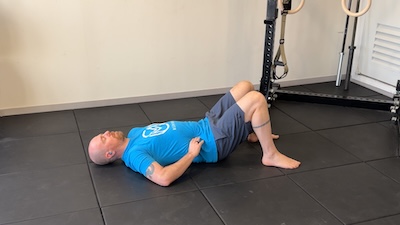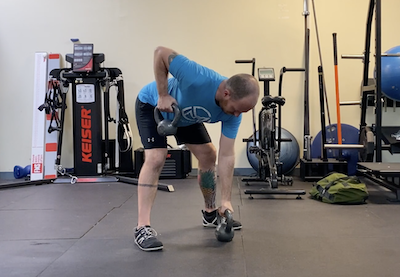Scalene Release
scalene release
A scalene release is a self-massage or stretching technique aimed at relieving tension in the scalene muscles, which are located along the sides of the neck and help facilitate neck movement and breathing. These muscles can become tight or overactive due to poor posture, stress, or repetitive activities, leading to neck pain, shoulder tension, or even numbness in the arms.
Athletes and office workers alike will benefit from a scalene release, as it helps reduce discomfort and improves mobility in the neck and shoulders. The release can be achieved through gentle stretches, targeted massage with the fingers, or using a massage tool to apply steady pressure on the scalenes. This technique can be particularly helpful for those suffering from poor posture or spending long periods at a computer.
Incorporating a scalene release into your regular stretching or relaxation routine will help alleviate tightness, improve neck and shoulder mobility, and reduce pain associated with muscle imbalances. Regular practice will promote better posture and help you maintain functional movement patterns for everyday activities.
Equipment Needed:
- Open floor or chair
Instructions for scalene release:
- Using the pads of your index and middle fingers find your collar bone on the opposite side
- Move above the collar bone to the base of the neck
- Lean your head to the side being treated
- Using the pads of your fingers press gently into the side of your neck then glide down towards the arm
- Slowly lean away, feeling a stretch in your neck under your fingers
- Hold for a 3 – 5 count
- Perform the prescribed reps and switch sides
Common scalene release Errors:
- The carotid artery is close to this area. Massaging it can cause light-headedness or even fainting. DO NOT MASSAGE A PULSE
- This area also contains a lot of nerves. Manipulating them is not advised. If you feel pain or otherwise feel sketchy feel free to skip this exercise
Progressions / Regressions:
If this is too challenging:
- N/A
If you want more of a challenge:
- N/A



